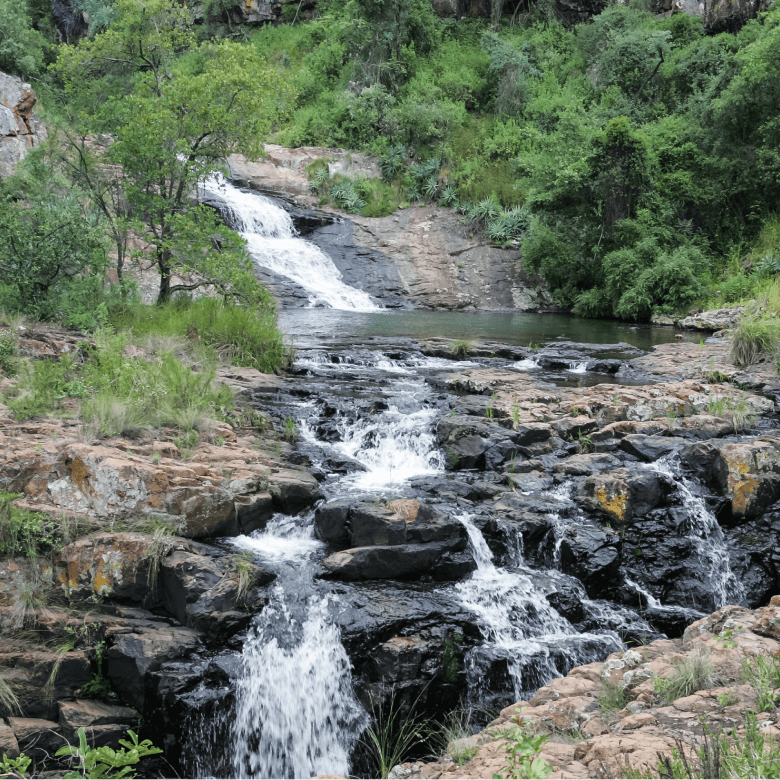
Hot or cold groundwater, which is formed naturally in various depths of the earth's crust, under appropriate geological conditions, contains at least 1000 mg/l dissolved minerals and/or trace elements, contains carbon dioxide in its natural structure, and is spontaneously released to the earth or extracted by technical methods, is traditionally called mineral water.
Surface waters, such as rain and snow, infiltrate deep into the rocks' crevices and cracks, taking a long journey of 10 years to 100 years. These waters, which float deeply, accumulate in the reservoir rocks, and come to the surface in the form of a weld by moving upwards from the easiest way they find with the pressure and temperature effect formed in the reservoir. As the waters infiltrate underground or go up, they acquire the mineral water feature by incorporating different minerals from different types of rocks they come into contact with.


